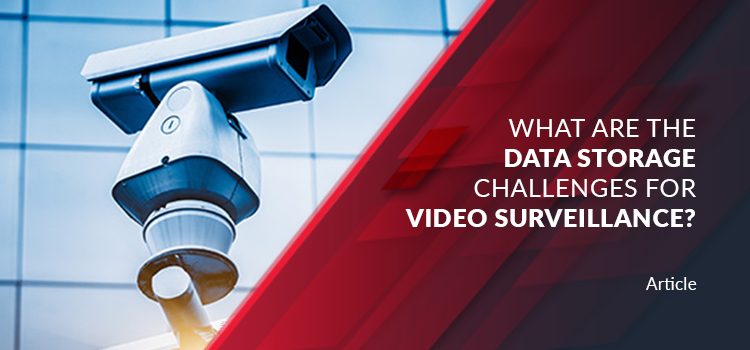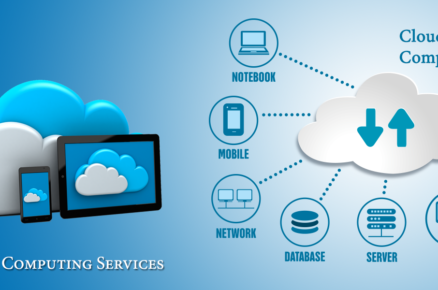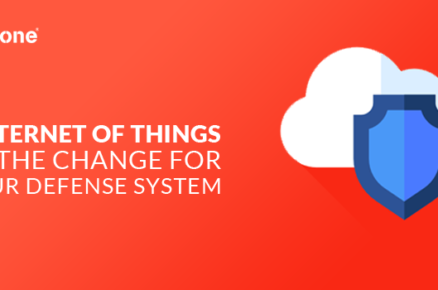There is a drastic advancement in camera technology. The resolution of security cameras has dramatically improved from HD to 4K cameras that provide a level of detail equivalent to a big-screen movie presentation are coming into the mainstream. The 4K video camera resolution has the ability to discern small visual elements at long distances, helping security teams to avert or alert people and keep property safe.
But as we know higher the resolution more will be the data in the video. Do you know 4K resolutions carry 4 times the number of video pixels compared to traditional HD resolutions. The benefit of using more pixels in a single frame of video are numerous. Forensically, these resolutions benefit those who need to protect people and places, as the level of detail that such high resolutions provide can be extremely valuable. For example, higher resolutions can aid in determining not just that there is a person present in the frame, but who that person is. Further, the benefits to surveillance systems that leverage AI to determine what is happening in a frame of video will be that much more accurate due to the increased resolution.
Video surveillance is shifting from traditional security to intelligent video surveillance. In the past, scanning badges were used for security, but now it has been replaced with face recognition. For example, Retails stores can identify customer movements through their stores for optimized merchandising and placement. Stadiums can market promotions or concessions.
Despite the benefits of 4K video surveillance, there are some challenges in storing 4K video data.
#1 Data storage challenges
The complete amount of data generated through traditional video surveillance has spiked within the past few years, from an estimated 566 petabytes per day to a staggering 2,500 petabytes. Жаркий интим досуг, красивые приволжские проститутки из Севастополя на ресурсе https://sexanketa-krym.com/sevastopol.html анкеты для взрослых и лучший знаменитый сайт шлюх. More and more organizations are collecting this data. Furthermore, the data collected by the organization is getting richer, thanks to the use of 4K video cameras. All this data has to get stored somewhere, leaving users scrambling for bigger hard drives and other stopgap solutions.
#2 Access and management challenges
All the video surveillance data in the world is only as helpful as your ability to manage it. Your team members must be able to make use of the rush of incoming data. Not just from your security centre, but also in the field. Video management systems (VMS) aim to integrate this data as efficiently as possible. However, challenges such as incompatible or outmoded cameras can keep them from working as smooth, effective systems. In many cases, multiple systems are awkwardly strung together, with imperfect results.
#3 Security challenges
Video surveillance data and equipment are vulnerable to the same IT security challenges that threaten the information technology sector. According to a report by TechRepublic points to a March 2018 cyberattack on the Atlanta Police Department in which ransomware was used to hack into the department’s IT system, wiping out all of its officers’ dash-cam video data. Any form of digital data can fall prey to security holes or known vulnerabilities in your system.
Video surveillance has made drastic advancements and benefitting many organizations. But the above challenges also need to be resolved by organizations for better security of people and properties.












